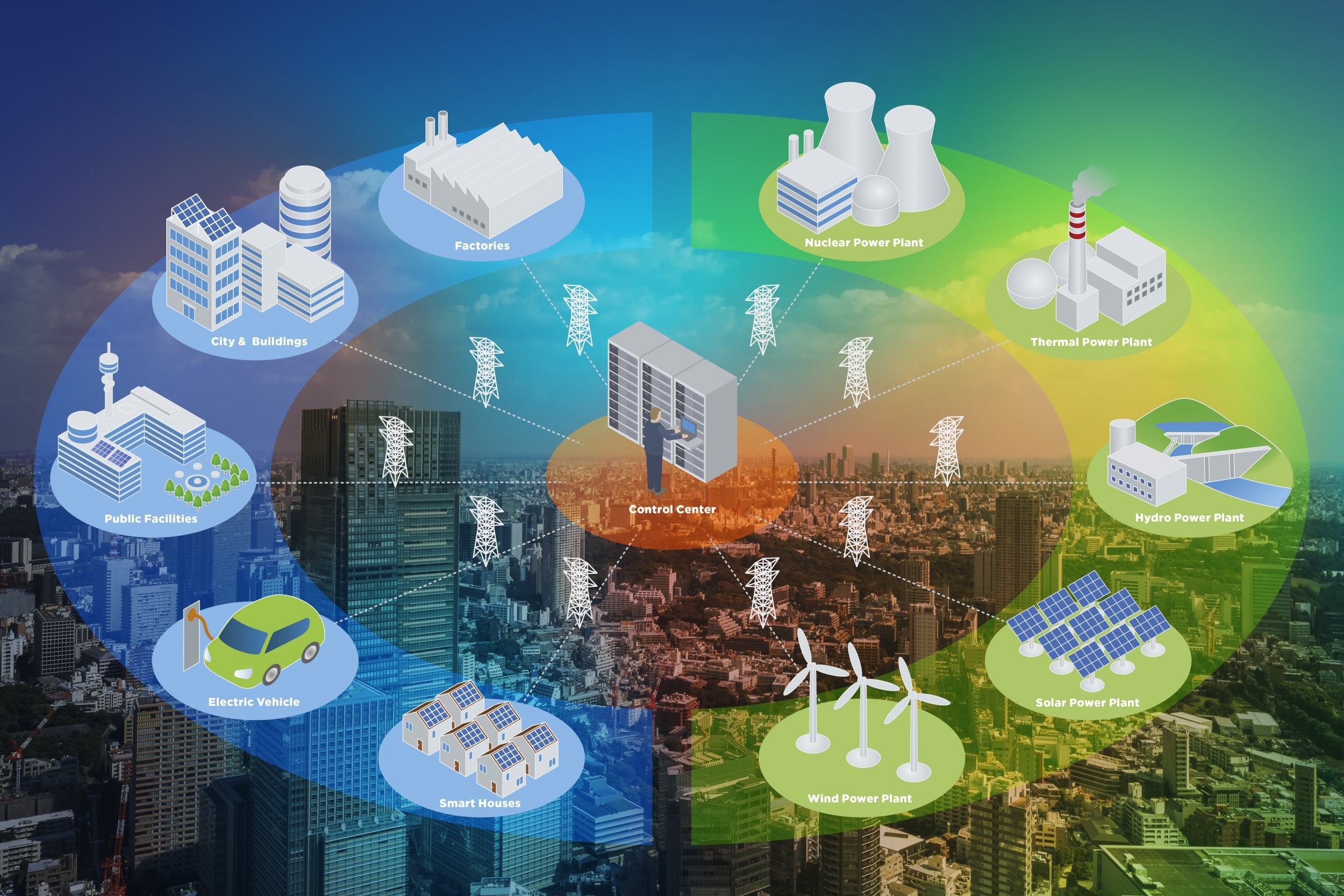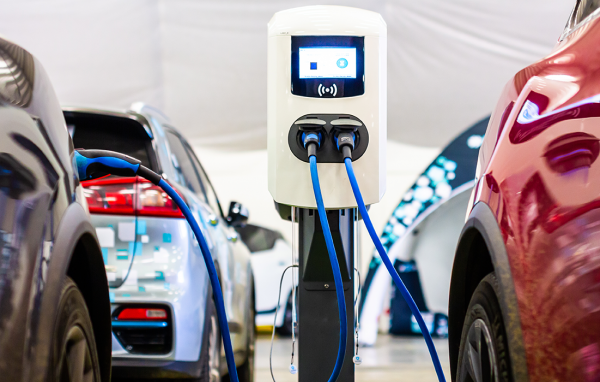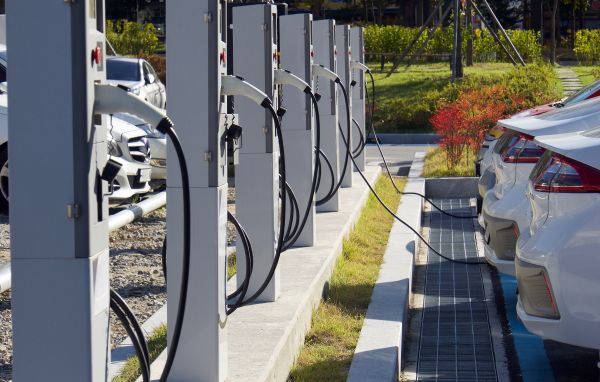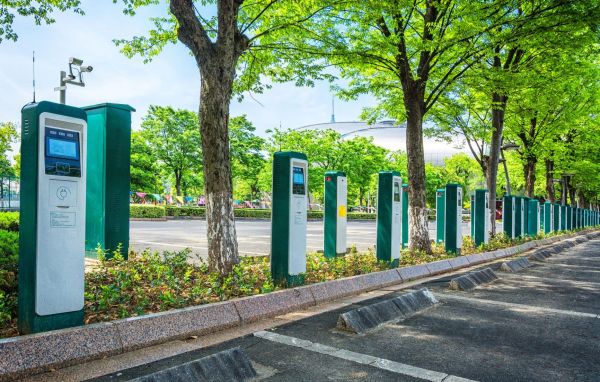Vehicle to grid electric charging
Learn about the innovation of vehicle to grid (V2G) charging, the role it plays in the global decarbonisation transformation, and the importance of using approved power and charging cables to ensure a seamless V2G adoption. As demand for electric vehicles (EV) increases, so does the potential pressure on the national grid to accommodate growth. Safeguarding the performance of cabling infrastructures is vital to a successful vehicle charging operations.
What is vehicle to grid?
V2G was introduced in 2017 and is the process of feeding energy, stored in an EV battery, back into the grid. In doing so, V2G operations help to support the grid's energy supply at times of peak demand. It enables the two-way flow of electrical energy from the grid, through the charging unit, into an EV, and back again. EV owners can then explore the option of selling stored energy back to the grid, offering monetary incentives and adding a further reason as to why individuals should transfer to electric transportation.
Vehicle electrification is one of the biggest focuses within the automotive sector. Increasing concerns about environmental sustainability have prompted research and investment, which has hugely developed electric mobility around the world, with V2G technology spreading throughout homes, schools, and fleets.
EVs present an opportunity to support energy networks through the use of smart systems. Smart systems within cities allow devices and systems to communicate with each other, and in time through historical trend analysis will enable the grid to use this information to predict future demand.

Smart grid technology allows delivery of all renewable energy types to and from the grid
Balancing the grid
There are peak and off peak times for energy use, and balancing the grid is about making sure there is enough electricity on the network so the grid can cope with the spike in demand. Equally, in doing so it also stops power surges, which could damage electrical devices and potentially cause electrical fires.
When it comes to EVs, the primary focus is ensuring owners have enough charge to drive their vehicle as required, however, with most vehicles spending 90% of their time parked V2G technology puts the battery to use even when stationary, giving back to the grid when it is plugged into the smart charger.
Challenges to overcome in the vehicle to grid adoption
V2G has many undeniable benefits and has had a big impact on the possibility of a completely electric transport industry in the future. Reducing stress and adding stability to the grid, as well as providing more flexibility and cashback to EV owners are just some of the ways V2G has impacted the transport industry. However, with most new industry developments it is also faced with some challenges:
- Regulatory requirements differ per country, for example, government taxes and tariffs applied to EV owners when selling their surplus energy
- V2G operations require a reliable and secure two-way communication network, enabling message exchanges between EVs and the power grid, to allow for real time information relating to electricity prices or predicted power availability
- Drawing on energy from a stationary vehicle can also increase stress on the battery, which is one of the most expensive parts of the vehicle. It is also the hardest part to dispose of, raising the question of how environmentally friendly V2G really is
 V2G smart charging requires a complex communication infrastructure to balance out grid energy levels
V2G smart charging requires a complex communication infrastructure to balance out grid energy levels
Building a vehicle to grid infrastructure
A sustainable EV charging infrastructure is the core to ensuring all vehicles have sufficient charge on demand. To be able to accommodate this, the grid will need support from V2G technology to transmit both power and data energy, to balance out supply and demand peaks and troughs.
With this in mind, infrastructure considerations should be made for a successful V2G adoption. Using a tested and approved cable helps stop infrastructure failure and more importantly limits the risk of fire and dangerous scenarios occurring.
There are multiple types of EV charging cables currently available in the EV market however the use of V2G and the need for both data and power transmission eliminates the possibility of using mode 1 and 2 charging cable designs described below:
- Mode 1 is non-specialised and can operate using an existing household plug socket, with no data control
- Mode 2 is a non-dedicated socket outlet, with no data control
- Mode 3 is a dedicated EV charging system, with communications and protection functions and “smart” charging potential
- Mode 4 is a dedicated EV charging system, made up of both data and power transmission communications and protection functions as well as “smart” charging potential.
Cable quality
Industry specialised have recognised the important role the cable plays in the success of V2G implementation Two cable standards now been introduced that the cable is recommended to comply with:
- EN 50620 specifies design, dimensions, and test requirements for cables with a voltage rating of up to and including 450/750 V
- IEC 62893 is an international standard specifying general requirements of the construction, dimensions, and test requirements having a voltage rating of up to 0,6/1 kV AC
Choosing a cable that has been tested and approved to these standards gives the owners peace of mind that it can carry out its duty within V2G migration.
Throughout the certification process, a charging cable will need to be put through rigorous testing to ensure it can withstand certain situations throughout its life span. For example, due to the role of the cable, it is likely to be exposed to outdoor environments and therefore subject to weathering and aging which is simulated in the testing process. By carrying out a BS EN 50620 Annex F Weathering / UV test it measures the extent to which a cable will be impacted by these conditions.
Furthermore, with the additional requirement to transmit data, an efficient charging cable should undergo transmission testing, measuring how effectively the cable can carry data without being impacted by influential factors, such as internal noise and crosstalk from neighbouring power lines.
One of the biggest hurdles in the EV market is the grid support needed to meet supply. Implementing efficient, reliable V2G capabilities enables better remote control over the network and, secondary to that how it can accommodate user needs in peak times.
For more information on the EV market, V2G innovation and charging infrastructure considerations download the free guide.




